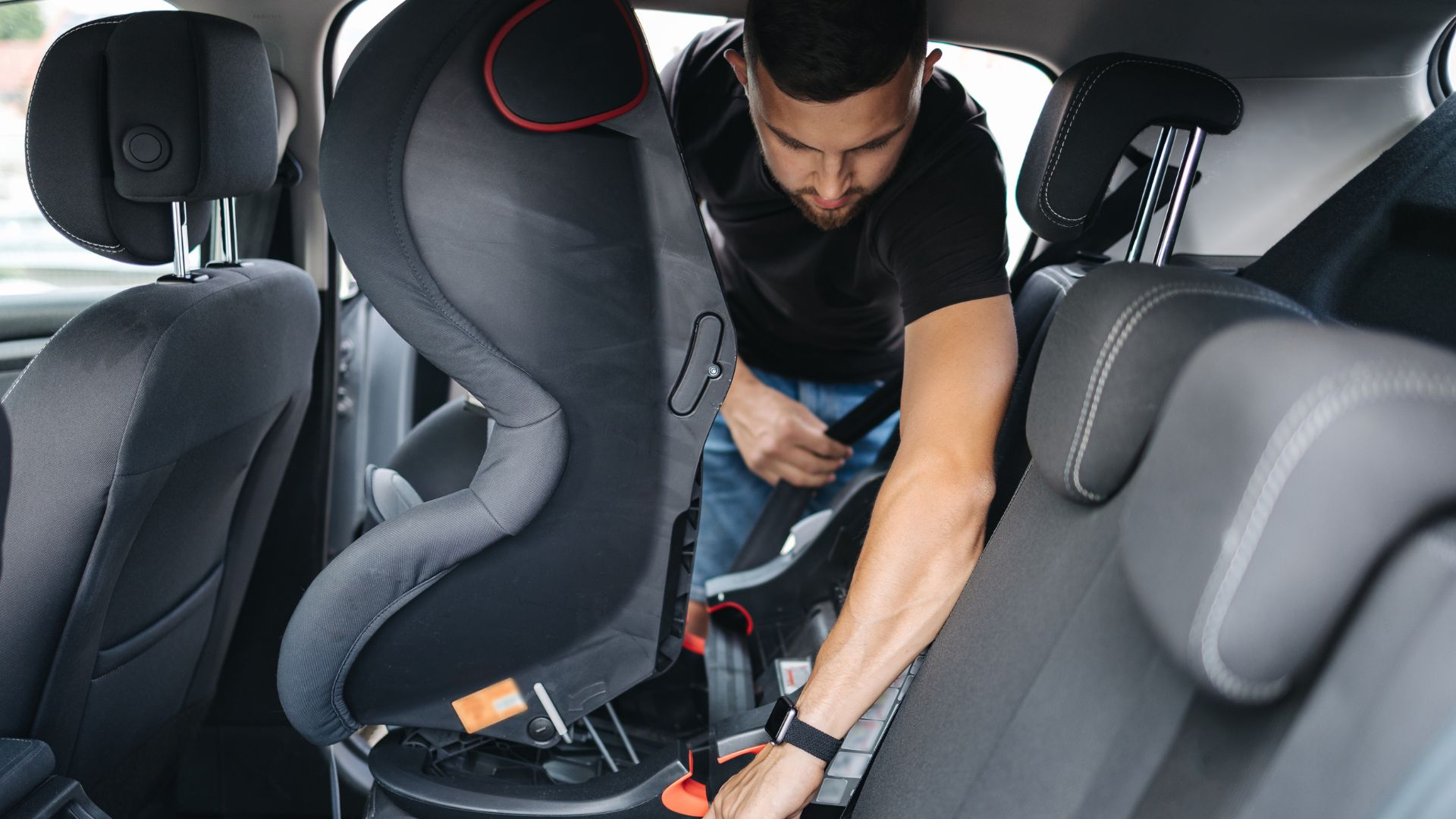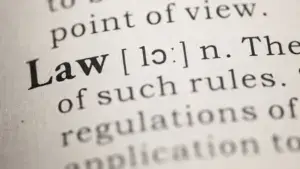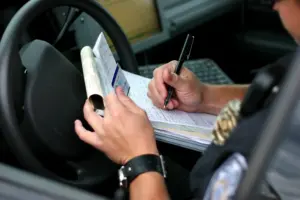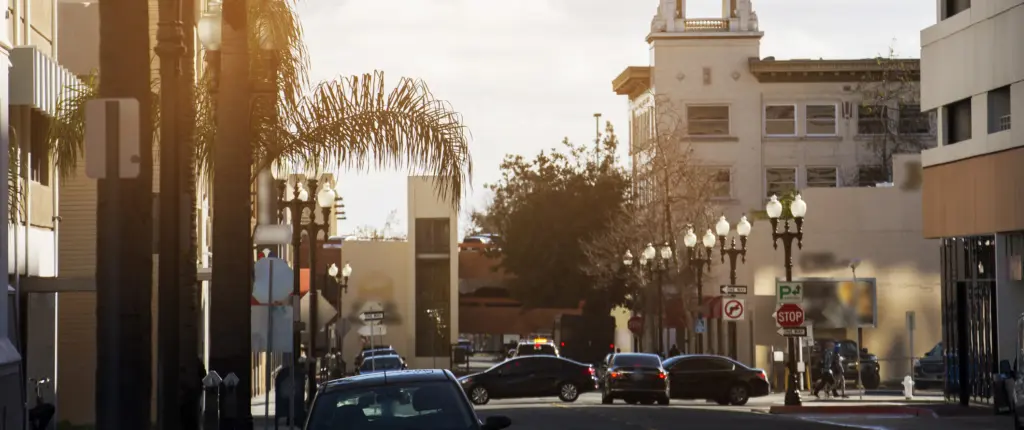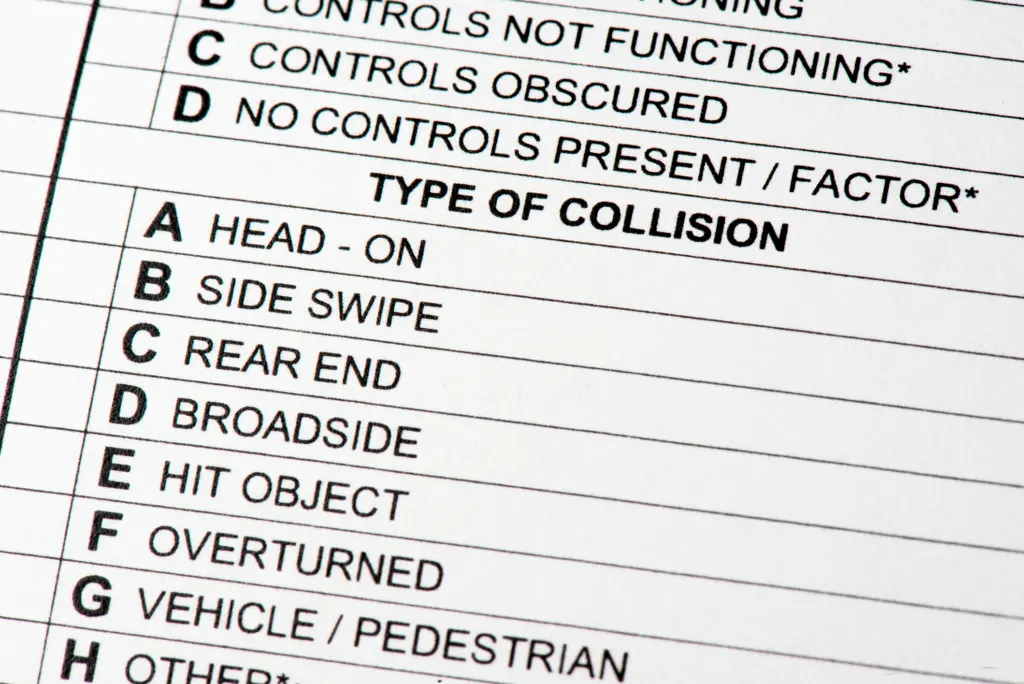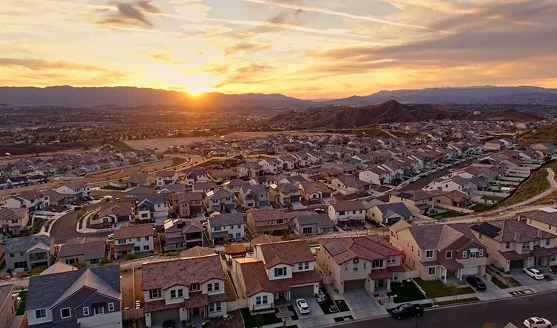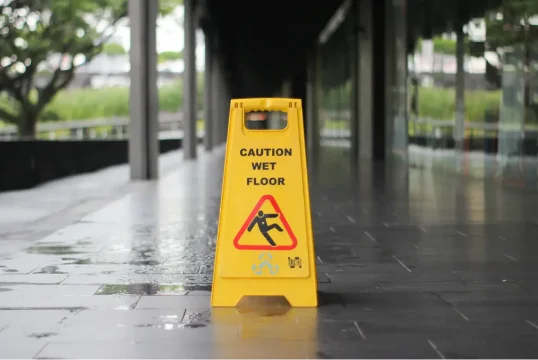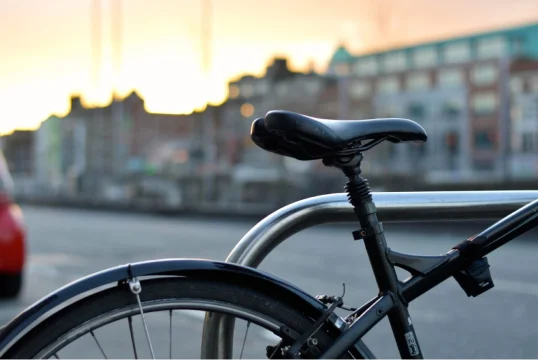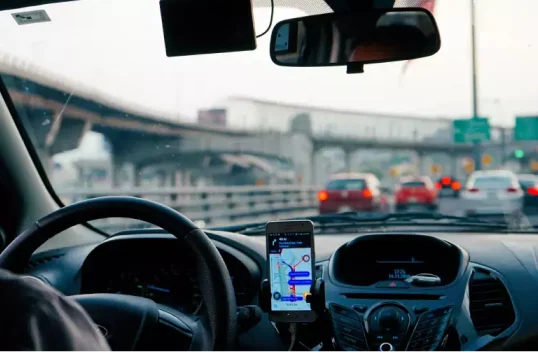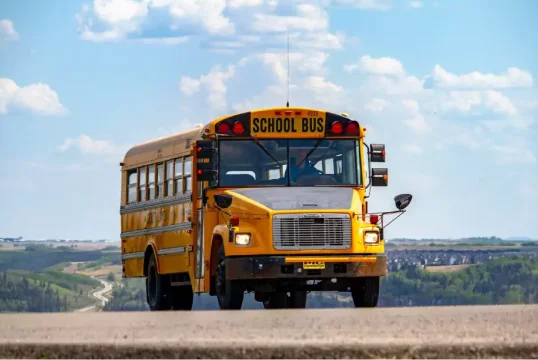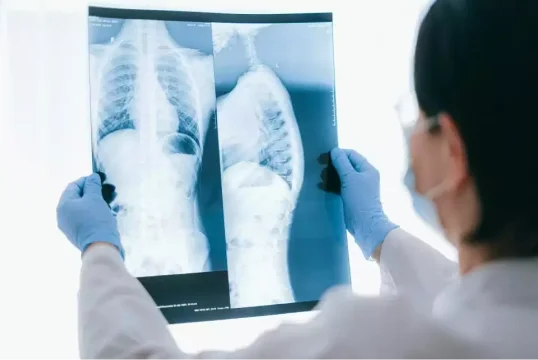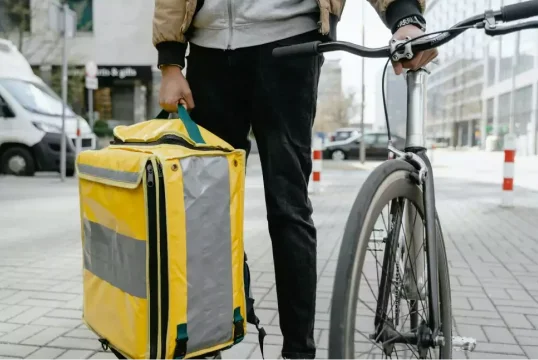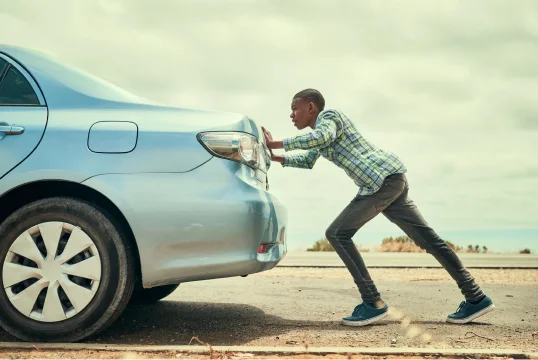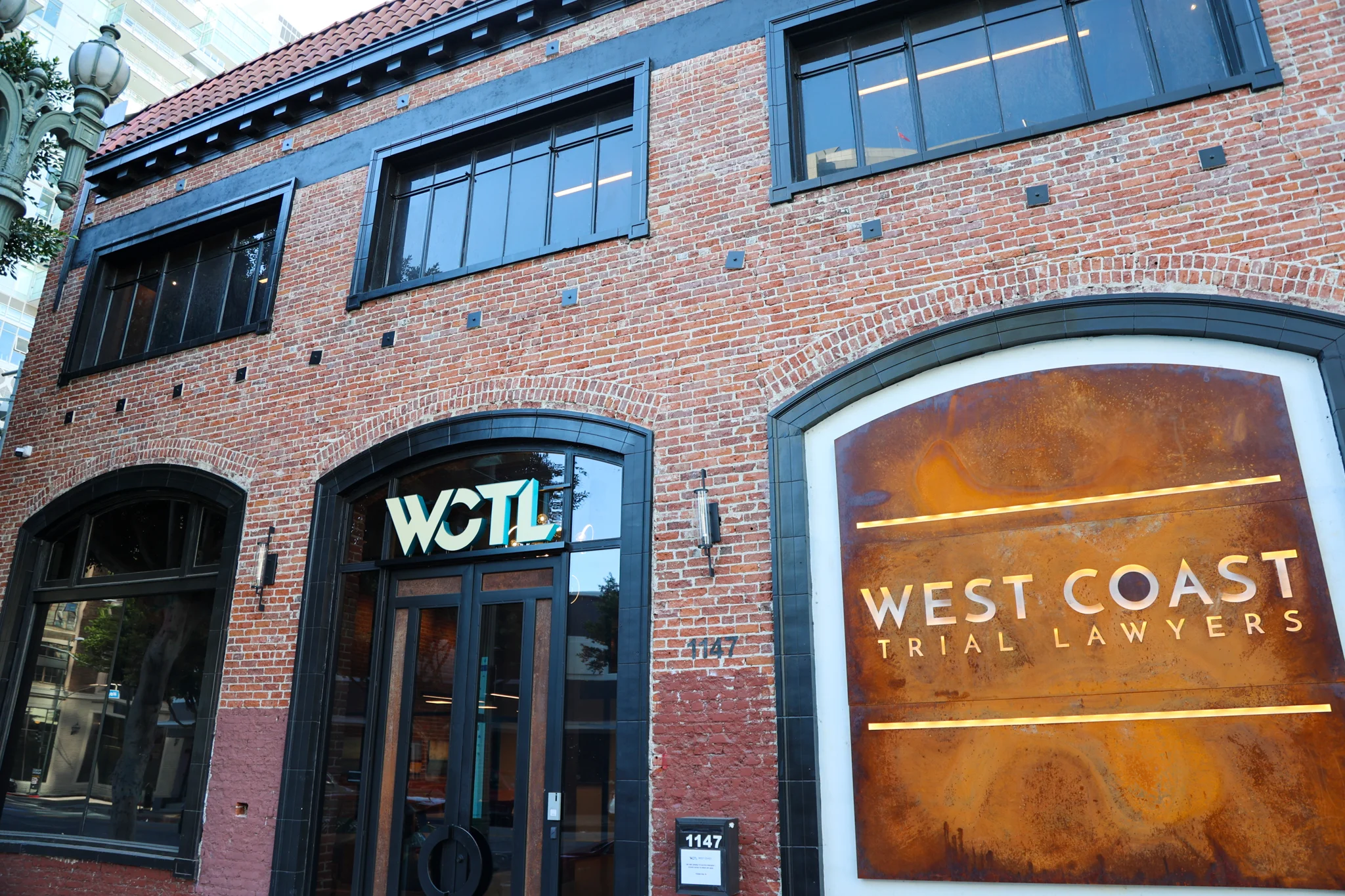Keeping children safe in the car isn’t just common sense, it’s the law. If you’re a parent or caregiver in Arizona, knowing the state’s booster seat requirements isn’t optional.
Arizona has specific laws about when and how children must be secured in vehicles, and violating these laws can lead to more than a ticket. It could mean serious injury or legal problems in the event of an accident.
In this guide, we break down everything you need to know about Arizona booster seat laws, especially as we head into the second half of 2025. From height and weight requirements to legal penalties and comparisons with other states, this article is your go-to for booster seat laws.
What Are the Height and Weight Requirements for a Booster Seat in Arizona?
Arizona law is clear: if a child is under the age of 8 and shorter than 4 feet 9 inches, they must ride in a booster seat. Both conditions (age and height) must be met before a child is allowed to transition out of a booster seat and use only a seatbelt.
Unlike some states that factor in weight, Arizona focuses entirely on age and height. This emphasis comes from crash data showing that height is a more accurate indicator of whether a seatbelt will fit a child properly. A standard adult seatbelt is designed for people at least 4’9″ tall; below that, the belt often crosses dangerously over the child’s neck or stomach, increasing the risk of serious injury.
While weight isn’t part of the legal language, many pediatricians and child safety experts recommend that children reach at least 40 pounds before transitioning from a forward-facing car seat to a booster seat.
In short:
- Under 8 years old and shorter than 4’9″ = booster seat required
- Over 8 and at least 4’9″ = may use regular seatbelt
What Are the Booster Seat Laws in Arizona 2025?
As of 2025, Arizona’s booster seat law remains anchored in ARS §28-907, which has been in effect since its amendment in 2012. However, recent discussions around national child safety standards and vehicle crash statistics have renewed public interest in state-level compliance and enforcement.
Here’s what the law requires:
- Children younger than 8 years old must be in an appropriate child restraint system, which includes a booster seat if they have outgrown a forward-facing car seat.
- If a child is 8 or older but shorter than 4’9″, they are still required to be in a booster seat until that height requirement is met.
- Children over the age of 8 and taller than 4’9″ may legally use the vehicle’s lap and shoulder seatbelt without a booster.
This two-pronged rule (age and height) sets Arizona apart from states that allow one or the other. And while the law does not currently include language about weight, safety guidelines from national agencies continue to influence public behavior and future proposals.
It’s also worth noting that car seat manufacturers will be required to meet enhanced federal safety testing standards by mid-2025. This will likely lead to clearer labeling on booster seats, which may affect how parents choose seats, but these updates do not currently change Arizona law.
At What Weight Can I Move My Child to a Booster Seat?
While Arizona law does not specify a minimum weight for booster seat use, transitioning from a forward-facing seat to a booster generally happens when a child reaches at least 40 pounds and has outgrown their car seat’s maximum height or weight limit.
Most forward-facing car seats are designed for children weighing between 22 and 65 pounds. When a child exceeds those limits, and meets the age and developmental milestones needed to sit still with a properly fitted seatbelt, a booster seat becomes the safer choice.
Here’s how to tell if your child is ready for a booster:
- They are at least 4 years old (though most wait until age 5 or 6)
- They weigh 40 pounds or more
- They can sit upright without slouching for the entire ride
- The seatbelt fits snugly over the shoulder and chest, not the neck or face
- The lap belt lies low across the upper thighs, not the stomach
While you may be eager to move your child into a “big kid seat,” don’t rush it. A booster should only be used when it provides a safer fit than a forward-facing seat. Always check both the booster’s manufacturer instructions and your vehicle manual to ensure correct installation and use.
Are Inflatable Booster Seats Legal?
Inflatable booster seats have gained popularity in recent years due to their portability and convenience. They’re often marketed to parents on the go, with promises of easy storage and travel compatibility. But are they actually legal in Arizona? The answer depends on whether the booster meets Federal Motor Vehicle Safety Standard (FMVSS) 213, which sets the national criteria for child restraint systems.
Arizona law requires that all child restraints (including boosters) used in vehicles be federally approved. This means that unless the inflatable booster seat has been tested and certified under FMVSS 213, it is not legal to use on Arizona roads.
In practice, many inflatable models are considered supplemental cushions rather than true booster seats, and may not provide adequate protection in a crash. Some lack side-impact protection, fail to position the seatbelt correctly, or shift during movement.
Bottom line: don’t assume legality based on convenience. If you’re considering an inflatable booster for your child, verify that it is:
- Clearly labeled as FMVSS 213 compliant
- Has proper belt guides to ensure seatbelt positioning
- Approved for use in motor vehicles—not just airplanes
When in doubt, stick with a traditional booster seat, especially for daily commutes and long trips.
Do Booster Seats Have to Be Anchored Down?
In Arizona, the law does not explicitly require booster seats to be anchored using a LATCH (Lower Anchors and Tethers for Children) system or tether. That said, the way booster seats work is different from traditional car seats.
Most belt-positioning booster seats rely on the vehicle’s lap and shoulder belts to secure both the seat and the child. These boosters are designed to guide the seatbelt into the correct position on a smaller body, rather than anchoring the seat itself.
However, many high-back booster seats and combination seats may include anchors to prevent them from sliding around when not in use. These features are optional under Arizona law but often recommended by safety experts.
Here’s why anchoring (even if not required) might still be smart:
- Prevents the booster from becoming a projectile in a crash when not in use
- Helps maintain the correct seating position for the child
- Reduces seat movement on sharp turns or sudden stops
Always read the manufacturer’s instructions and consult your vehicle’s manual for the best way to install a booster. Just because it’s not required doesn’t mean it’s not worth doing.
What Are the Booster Seat Laws in Other States?
Booster seat laws vary widely across the United States. While Arizona requires booster use until age 8 and a height of 4’9″, many other states have different benchmarks.
For example:
- California: Requires booster seats until age 8 or until the child reaches 4’9″.
- Texas: Law requires booster seats until age 8 unless the child is taller than 4’9″.
- New York: Requires child restraint systems for kids under age 8, but also emphasizes height and proper belt fit.
- Florida: Only mandates booster seats through age 5, one of the more lenient laws nationwide.
Arizona’s law is actually more precise and strict than many others because it uses both age and height requirements. This reflects a stronger emphasis on injury prevention based on how seatbelts interact with smaller bodies.
What Are the Penalties for Violating Arizona’s Booster Seat Laws?
Violating Arizona’s booster seat laws is considered a primary offense, which means law enforcement can stop and cite a driver solely for improper child restraint use.
The standard penalty includes:
- A $50 fine
- Possibility to have the fine waived if you can show proof of purchasing or obtaining a proper child restraint system after the citation
While a $50 fine may seem minor, the consequences can multiply in the event of a crash:
- If a child is injured and not properly restrained, the driver may be held partially liable, even if another party caused the accident
- Insurance companies may argue that the injury could have been less severe with proper restraint, reducing the payout
- In personal injury lawsuits, failing to follow booster seat laws can be used to challenge your credibility or legal responsibility
Following the law isn’t just about avoiding a ticket… it can protect your family legally and financially in worst-case scenarios
Why Arizona Parents Must Stay Informed
Child passenger safety is one of those areas where knowledge really is power. The difference between a properly secured booster and a misplaced seatbelt could mean everything in a collision.
Arizona’s booster seat laws are specific, science-backed, and enforceable. As we move into 2025, staying informed about age, height, and equipment standards isn’t just about checking a box, it’s about giving your child the best chance in case the unexpected happens.
If you’ve been cited, involved in an accident, or have legal questions about child safety restraints, reach out to our legal team. Call us today at (213) 927-3700 or use our online contact form for a free consultation.
